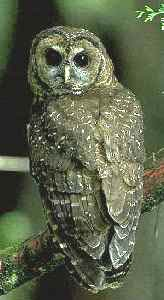 Efforts around the country to remove troublesome creatures — whether invasive or otherwise — have been met with a variety of reactions. In all cases the creatures are being removed because they are harming an ecosystem.
Efforts around the country to remove troublesome creatures — whether invasive or otherwise — have been met with a variety of reactions. In all cases the creatures are being removed because they are harming an ecosystem.
No one seems to mind that California Fish and Wildlife Department is removing South African clawed frogs from Golden Gate Park. The frogs are not native to the area, they completely destroy the habitats they invade, and they carry a fungus that is deadly to native amphibians. Read about the recovery effort in Bay Nature.
In Michigan, the Department of Natural Resources would like there to be fewer invasive mute swans. Mute swans are aggressive and don’t allow the native trumpeter swans or loons to nest. (They also have it in for ducks and geese.) Plus, they eat so many wetland plants that they can destroy wetlands. Oiling eggs has been too costly and too slow, so the department will begin to kill mute swans. Michigan Live has published several articles on the subject.
Here’s Michigan Live on why.
Here’s the plan in one county.
And here the reaction to the plan in that county.
And then there are barred owls. They’ve long been identified as a threat to northern spotted owl recovery in the Pacific Northwest. Spotted owls rely on old-growth forests. Barred owls are not so picky, and have moved into the spotted owls’ turf as the habitat has become more variable, because the old-growth forests were cut. The U.S. Fish and Wildlife Service has decided to start killing barred owls to try to improve matters for the spotted owl. The Oregonian did two stories on the situation. This one several years ago. And this one now that the program has begun.
There’s been no shortage of news coverage. See a lot of it here.
Photo: Spotted owl, courtesy US Fish and Wildlife Service
 Canadian researchers found that European birds flee before an approaching car at an interval that is consistent with the road’s speed limit, but not with the actual speed of the approaching car. So birds on a highway fled sooner than birds on local, residential roads. The researchers studied roads in three speed categories.
Canadian researchers found that European birds flee before an approaching car at an interval that is consistent with the road’s speed limit, but not with the actual speed of the approaching car. So birds on a highway fled sooner than birds on local, residential roads. The researchers studied roads in three speed categories.
 Efforts around the country to remove troublesome creatures — whether invasive or otherwise — have been met with a variety of reactions. In all cases the creatures are being removed because they are harming an ecosystem.
Efforts around the country to remove troublesome creatures — whether invasive or otherwise — have been met with a variety of reactions. In all cases the creatures are being removed because they are harming an ecosystem.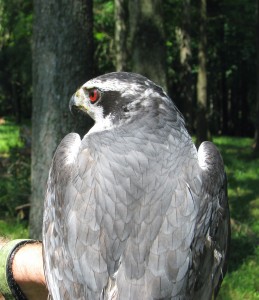 Here’s some good news for a Monday morning.
Here’s some good news for a Monday morning.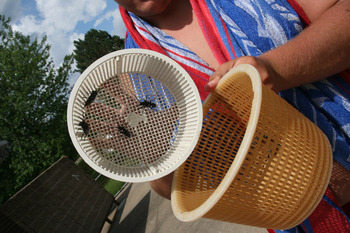 – The Wyoming Game and Fish Department is asking people to report any dead sage grouse they find immediately so they can be tested for West Nile virus.
– The Wyoming Game and Fish Department is asking people to report any dead sage grouse they find immediately so they can be tested for West Nile virus. 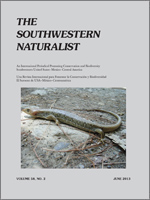 Here are some papers from the most recent issue of the
Here are some papers from the most recent issue of the 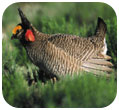 From a press release issued by the Oklahoma Department of Wildlife Conservation and the Kansas Biological Survey:
From a press release issued by the Oklahoma Department of Wildlife Conservation and the Kansas Biological Survey: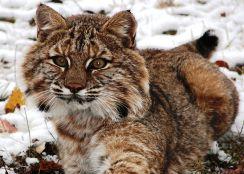 – Ohio Department of Natural Resources is studying how and why bobcats have returned to the state, by tracking 21 collared bobcats,
– Ohio Department of Natural Resources is studying how and why bobcats have returned to the state, by tracking 21 collared bobcats, 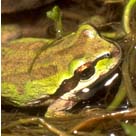 Two fungicides are showing up in the tissues of Pacific treefrogs, even those that live in pristine national parks, a recent paper in the journal Environmental Toxicology and Chemistry shows. The pesticides aren’t just coming from agricultural operations, but also from illegal marijuana farming.
Two fungicides are showing up in the tissues of Pacific treefrogs, even those that live in pristine national parks, a recent paper in the journal Environmental Toxicology and Chemistry shows. The pesticides aren’t just coming from agricultural operations, but also from illegal marijuana farming.